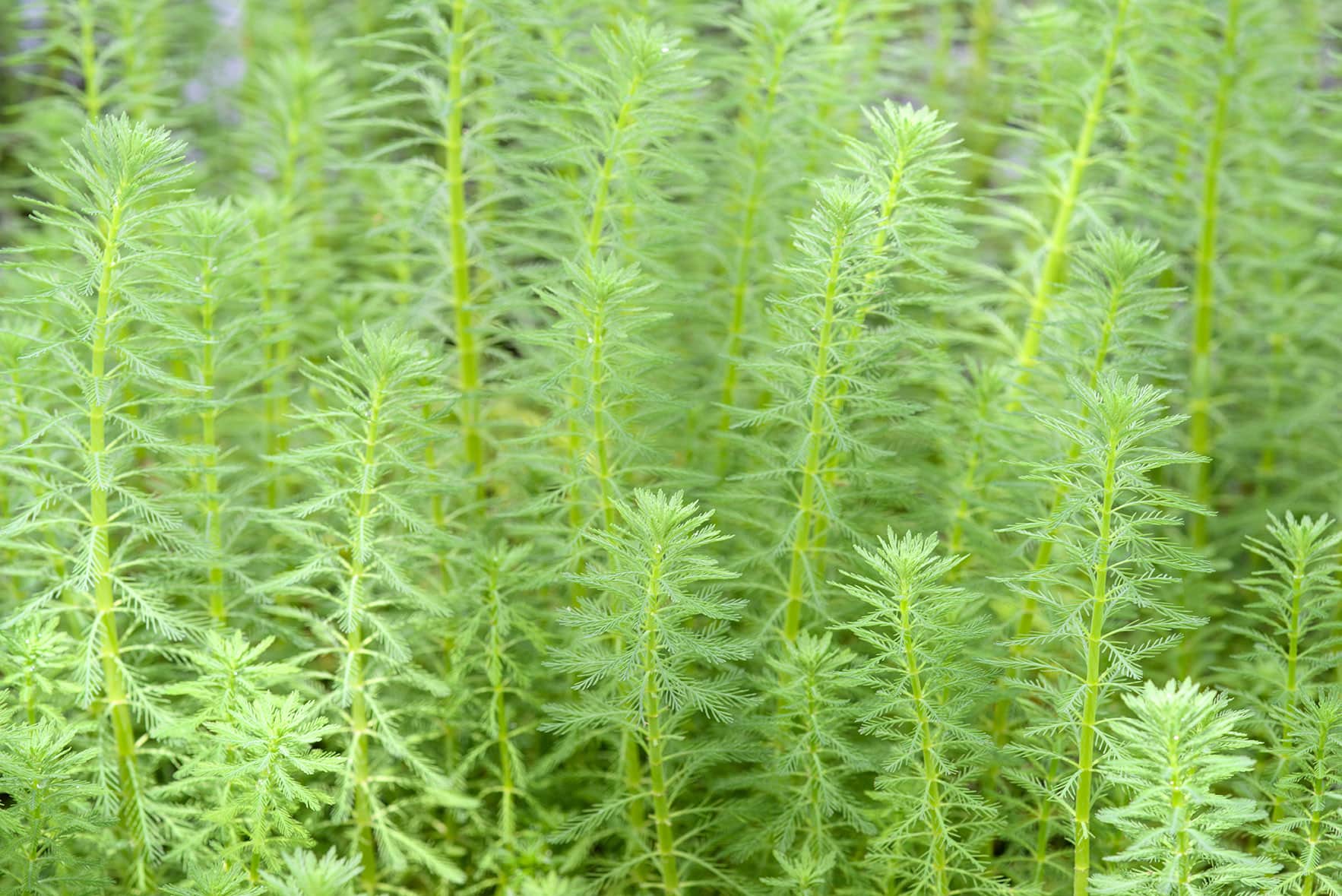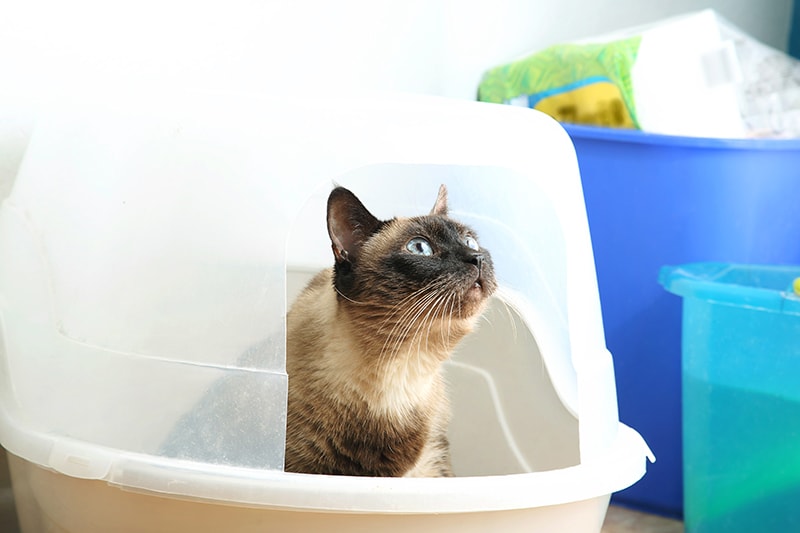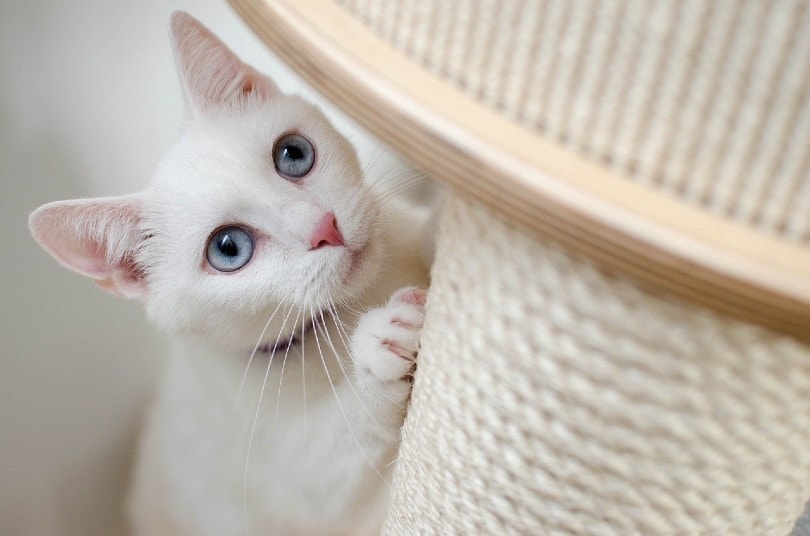Click to Skip Ahead
Green foxtail is a hardy aquatic plant that looks beautiful in planted aquariums. It is suited for freshwater conditions and grows along the foreground. It adds a naturalistic touch to the inside of a tank, creating a tranquil environment for the inhabitants. It is also a great plant for beginners, has plenty of advantages for water quality, and is easy to grow and maintain in aquariums. The beauty and survival rate of this plant have drawn in many aquascapes and novice aquarium keepers alike.
This is a complete care guide for planting and growing green foxtail so you can keep the plant growing lush and green.
- Green bristlegrass
- Foxtail millet
- Bottle grass
- Pigeon grass
- Myrio green or foxtail
- Cutleaf watermilfoil

Quick Summary of Green Foxtail
| Care level: | Beginner |
| Family name: | Poaceae |
| Common name: | Green foxtail |
| Origin: | Bolivia, Rio Guapore |
| Color: | Green |
| Growth rate: | Moderate |
| Minimum tank size: | 10 gallons |
| Water conditions: | Freshwater; 60°F to 86°F |
| Supplements: | Fertilizer |
| Placement: | Foreground |
| Compatibility: | A variety of other low-growing plants |
| Lighting: | Low |
The Appearance of Green Foxtail
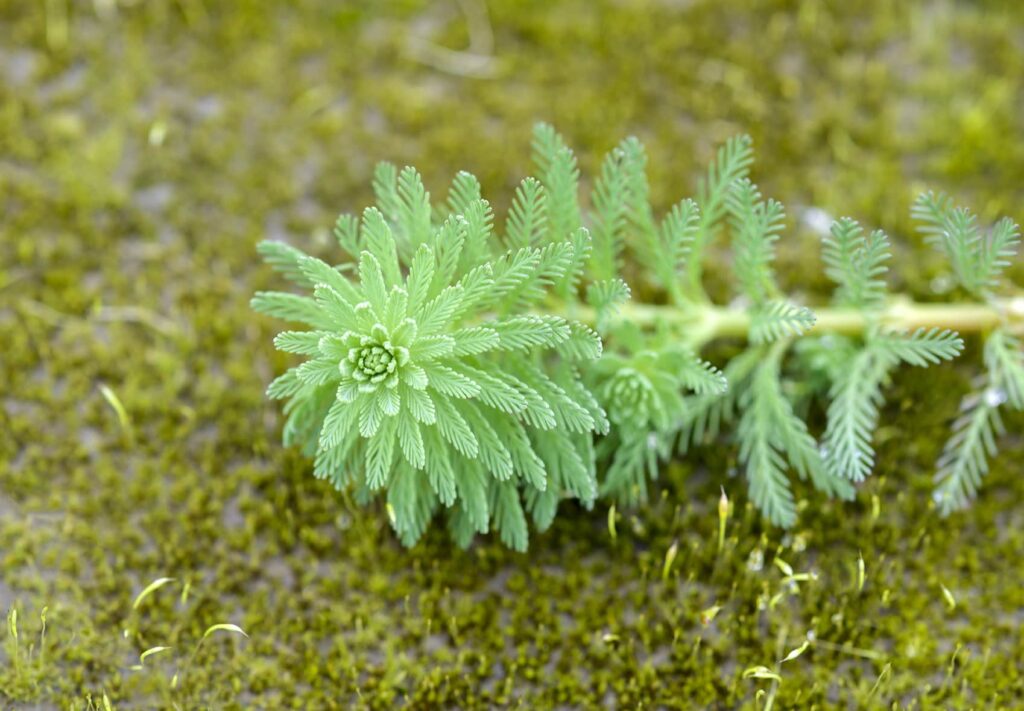
Green foxtail starts as a dark shade in the beginning but quickly turns a vibrant light green once it has been established inside an aquarium. The leaves are fine and have a feathery texture. The plant is delicate and can easily be torn by boisterous fish or snails. It is best placed on the ground where it can grow dense leaves that form a lush green wall. It grows at a moderate rate at about 1 to 2 inches every week, depending on the number of nutrients present in the water. It can grow up to 10 feet tall in large aquariums.
Maintaining the size of the green foxtail plant is easy, as the plant can be cut by the stems. It can also grow with the top part out of the water and will flower.
Buyer’s Guide: Where to Find It?
Although green foxtail is not easy to find in stores, healthy specimens in various sizes are sold online. The plant should be shipped relatively quickly at a temperature between 60°F and 86°F so it can arrive in good shape. It should be quarantined for 2 weeks before being placed inside the aquarium. This is to kill off any pathogens or snails that may have hitched a ride on it.

General Care & Maintenance
Green foxtail is easy to care for and does not require harsh lighting, CO2 injections, or strong plant fertilizers, though there are various care aspects that the plant can benefit from. It can be planted with the roots fully covered. Leaving the roots exposed puts the plants at risk of being unstable within the water, though this leads to another placement option: floating in the aquarium. Floating green foxtail provides a great hiding place for small fish or fry and creates a shelter for other inhabitants.
Typical plant fertilizers from your local aquatic shop will cover all the nutrients that the plant needs for growth. Green foxtail should be fertilized at least once a month if you want it to grow lush and tall.
A healthy green foxtail will have no discoloration or decaying leaves. This type of plant is unable to grow in saltwater environments and should strictly be kept in a freshwater cold or tropical environment.
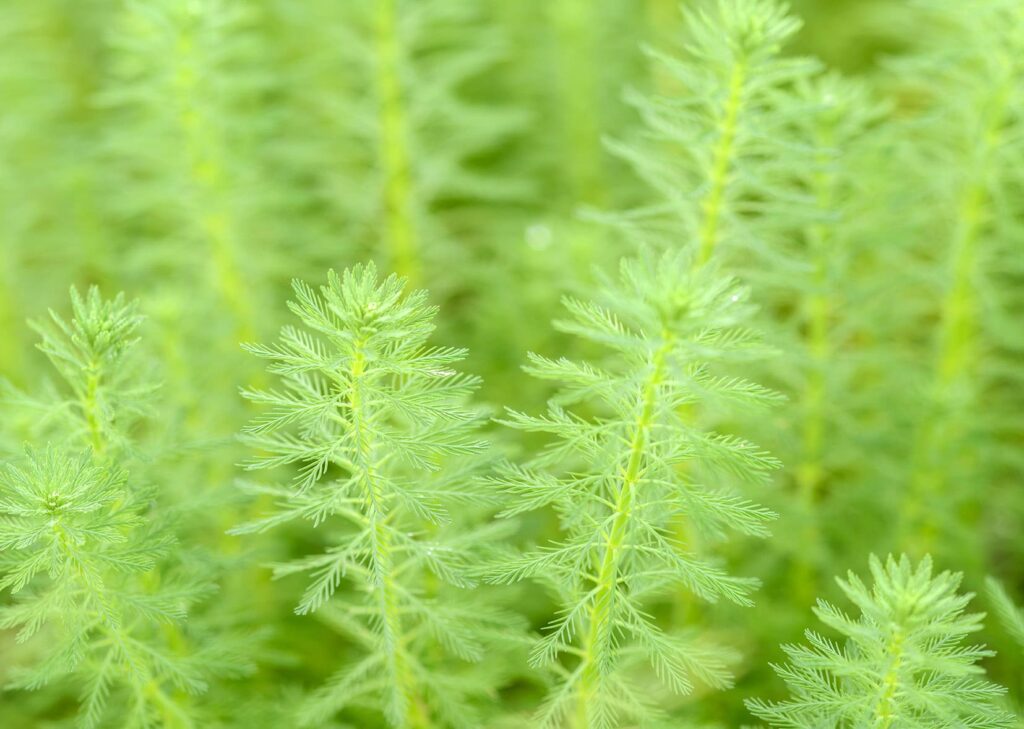
The Habitat, Tank Conditions & Setup
Tank/Aquarium Size
A minimum aquarium size of at least 10 gallons is ideal. However, this plant will do best in larger aquariums or ponds where it can grow to its full size. Regularly trimming green foxtail will ensure that it remains the size you want it to grow to. It is unable to grow in vases or bowls.
Filtration
Green foxtail acts as an effective nitrate absorber, but it still needs external filtration to keep it from growing in toxins that will burn the plant. A standard filter with an aeration system is enough to satiate the plant for substantial growth.
Water pH & Temperature
Green foxtail is not too picky about water temperature, but it prefers a stable temperature between 18°C and 28°C. The water’s pH should be between 5.0 and 7.0. It prefers to grow in low pH and slightly tropical temperatures.
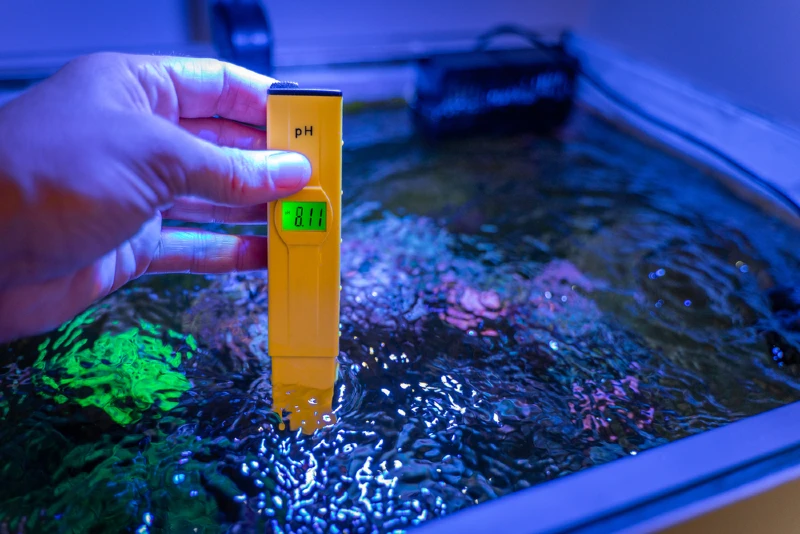
Substrate
Green foxtail grows faster when it is placed in a substrate than when it floats in the water. The substrate enables the plant to effectively absorb various nutrients and prevents it from being moved around by the current. Aquatic plant substrate medium provides green foxtail with ideal amounts of minerals required by the plant for color preservation and growth.
Plant Tankmates
Other varieties of low-growing plants can be kept with green foxtail. However, the larger the green foxtail grows, the more likely it is to compete for nutrients and light with other species of plants.
Lighting
Green foxtail is not demanding when it comes to lighting requirements, and you can easily keep it with no grow lights. It requires at least 8 hours of natural or artificial light. A bright window on the tank can cover its lighting needs.

Tips When Planting
If you prefer to plant green foxtail into a substrate, you should use quality aquatic-safe soil rather than sand. If the soil already contains natural fertilizers, you do not need to add any excess nutrients. You can also grow green foxtail in glass cups that suction to the sides of the glass, or you can use sinking terracotta pots at the bottom of the aquarium. Place the soil inside of the cup and then bury the roots. This is beneficial if you do not want to add a soil substrate throughout the whole aquarium.
Containers with green foxtail planted in them also prevent certain fish species from digging them up and creating a mess. Root tabs should be added to the hole where you are planting your foxtail.
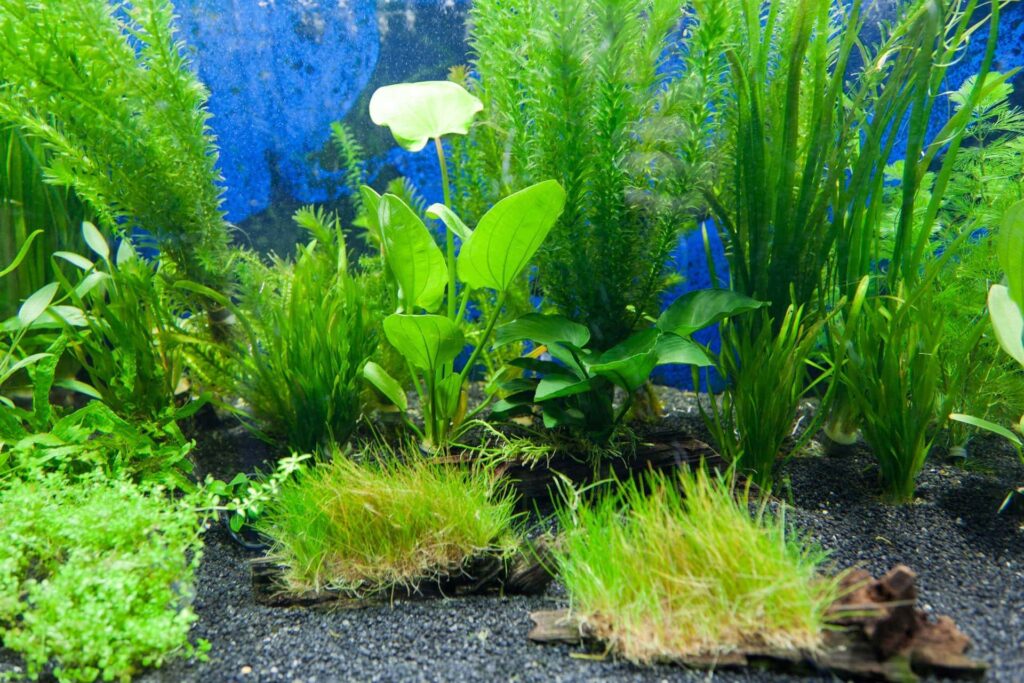
The 6 Advantages of Green Foxtail
- Green foxtail effectively absorbs nitrates, the product of the nitrogen cycle. The plant has also been known to absorb low levels of ammonia and nitrite, which are toxic to fish above 0 parts per million. Since green foxtail grows so fast, it can effectively remove 10 pp of nitrates within several weeks. However, the water must still be regularly replenished to remove toxins.
- It effectively inhibits algae from growing because it uses most of the nutrients present in the water. If algae do not receive the necessary nutrients, they will not grow.
- Green foxtail does not shed or lose its leaves inside of the water. So, you should not expect to find parts of the plants floating unattached to the main plant unless a fish or invertebrate has torn it off, or it is dying.
- The plant provides a hiding spot for fish eggs and fry. Many species of fish will attempt to eat their young and their freshly laid eggs, but this is minimized when the fry can hide in the leaves.
- Green foxtail oxygenates the water throughout the daytime when light is present. This does not mean it should replace an aeration system, but it does provide low levels of oxygen to give the inhabitants a boost of fresh “air.”
- It is hardy and resilient enough to withstand many minor mistakes by the carer. This is yet another reason that it is a great beginner-friendly plant.

The 2 Concerns About Green Foxtail
- At night, aquatic plants use the oxygen in the water. If the oxygen is not replaced using an aeration system like an air stone, it can suffocate the inhabitants overnight. This means you should ensure that there is a good aeration system always running.
- Green foxtail usually arrives full of snail eggs, which can rapidly become a pest invasion for many aquariums. Always isolate the plant before placing it in the main aquarium. You may want to look for aquatic plant-safe products that kill snail eggs or baby snails.

Conclusion
Green foxtail can make a great addition to your aquarium and bring life to any standard setup. The plant is easy to maintain and asks for truly little in return for its growth. Aside from the ease of care, its advantages outweigh the bad. Green foxtail is a uniquely beautiful aquatic plant that can create naturalistic tones when combined with other plants and aquascapes.
We hope that this article has helped you find the right way to appropriately care for green foxtail and have your aquatic plant growing well.
Related read: Pygmy Chain Sword
Featured Image Credit: Jerry Lin, Shutterstock
